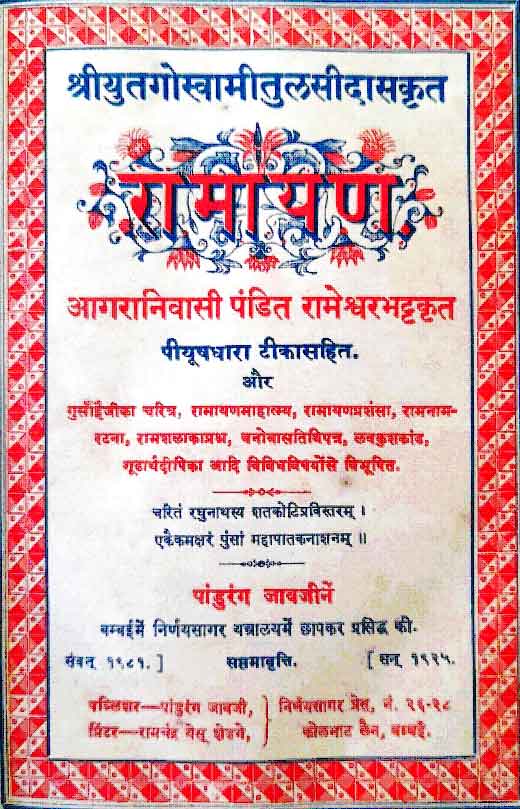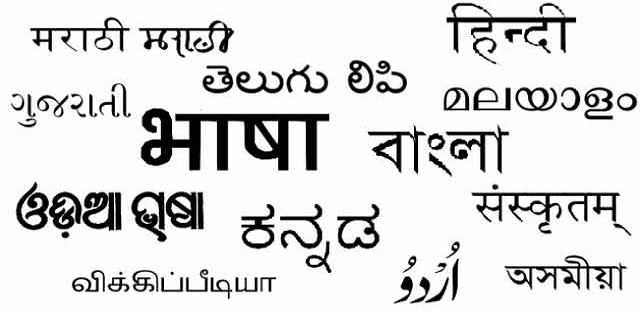
Language
Perhaps the most important factor that distinguishes humans from other forms of life, is language. Language is central to interactions within and between societies, and especially for governance. Language is the strongest vehicle for human expression, and an important binding factor of societies.
Language can sometimes become more important than religion, as demonstrated by the passions aroused, when newly independent Pakistan notified Urdu as the sole federal language, on 21 March 1948. This started a Bengali language movement in East Pakistan. Eruption of protests in February 1952, were ruthlesly suppressed. Eventually, it was language (albeit among co-religionists) that broke Pakistan and resulted in the creation of Bangladesh in 1971, with Bengali as its national language.
Sanskrit and other Indian languages
Sanskrit, the language of Vedic scriptures, was the language for religion among Hindus, the vast majority living in the Indian subcontinent. The amazing advances in mathematics, astronomy and metallurgy in Vedic times were all in Sanskrit, as were the poetry, prose and drama. But Sanskrit was available only to few, because Brahmins decreed that it cannot be revealed to people of “inferior” caste. Women and shudra-s, together constituting over half of all Hindus, were excluded even from exposure to Sanskrit.
The languages used by people are ancient. They were in use in trade and commerce, and for cultural activities and governance, in past centuries. Literature and the arts were promoted in regional languages in use even today.
The growth and expansion of literature in regional languages, began with Hindu religious thought and practice being brought to common people in their own languages, instead of Sanskrit. This happened due to Hinduism’s Bhakti Movement.
The Bhakti Movement
The Bhakti Movement has been traced to the 7th or 8th Century in present day Kerala and Tamil Nadu. It spread to present day Karnataka and Maharashtra, and then northwards. It continued into the 15th to 17th Centuries in different parts of India. The Shaiva bhakti stream remained mostly in the South, and the Vaishnava stream spread northwards.
The poet-saints and philosophers of the Bhakti Movement were reformers, who used regional languages to reach out to ordinary people to inform and educate them about their needs concerning religion. Typically, each reformer sang praises of his chosen deity (ishta devatā). They opposed temple worship and Sanskrit ritual, then integral to the practice of Hinduism, thereby greatly minimising people’s reliance upon the Brahmin priesthood.
Beginning with Mahmud Ghazni in the 11th Century, conquesting invaders over succeeding centuries, attacked Hindu temples, threatening Hinduism itself. But Hinduism survived and even flourished among ordinary folk through the devotional songs, poems, and stories of the Ramayana and Mahabharata.
Thus, ordinary people across caste and class, kept Hinduism alive, loved and well-understood. Even today, especially in northern India, ordinary people personally relate with Sri Rama or Sri Krishna as their ishta devatā, the focus of their bhakti and belief.
The Bhakti Movement was a major contributor to the survival of Hinduism into present times. Perhaps the most important factor for social stability was the cultural strength of the regional languages.
National language and linguistic States
On 13 September 1949, the Constituent Assembly [Ref.1] debated India’s national language. Shri R.V. Dhulekar argued at length for Hindi as national language. Pandit Lakshmi Kanta Maitra cogently argued that Sanskrit should be national language, and opposed Hindi, saying “it is after all provincial language”. He averred that “Sanskrit has the oldest and the most respectable pedigree of all the languages in the world”, was ‘the oldest and the richest language of the world’, and ‘the mother of all languages of the world’. Shri Frank Anthony, fluent in Hindi in the Devanagari script although his mother-tongue was English, favoured Hindi as national language with Roman script. Was he prescient when he observed: “There seems to be some kind of a vendetta against languages which have a non-Sanskrit or a non-Hindi origin”?
The outcome of the Constituent Assembly debates was the Constitution of India, Article 343(1) of which reads: “The Official language of the Union shall be Hindi in Devanagari script …”. Article 343(2) reads: “Notwithstanding anything in clause (1), for a period of fifteen years from the commencement of this Constitution, the English language shall continue to be used for all the official purposes of the Union … “. The Constitution was silent on the matter of a national language, but the Eighth Schedule which originally listed 14 regional languages, today lists 22 languages including Hindi, Nepali and Sanskrit.
Article 1 speaks of a Union of States, which were earlier defined as Part A, B, C, and D states, based on political-administrative boundaries of British India. The inter-State boundaries were re-drawn on the basis of languages of different regions of India, by the authority of The States Reorganisation Act, 1956. The linguistic reorganisation of states enabled regional languages to continue to grow and flourish.
Hinduism and regional languages
Temple-idol worship with recitation of shloka-s in Sanskrit, is almost always conducted by Brahmin priests. The large majority of temple-going devout Hindus do not know Sanskrit. Many Hindus, literate in their own regional languages but not in Sanskrit, are rote-learning Sanskrit shloka-s for rituals in their homes, or at religious gatherings, or playing pre-recorded shloka-s. Thus, brahminical Hinduism with its rituals and dogma, may appear to be increasing in popularity.
However, even while the accepted rituals of worship in Sanskrit are in progress, the innermost thoughts and prayers of the individual to a chosen deity (ishta devatā) are in his/her own language, not in Sanskrit. In times of need, distress and pain, people pray to their ishta devatā for relief and peace of mind, in their mother-tongue. Prayer (prārthanā) in a person’s chosen language, is different from Sanskrit-based temple-idol worship (upāsana).
Our nation’s regional languages remain inextricably linked with Hinduism as understood and practiced at personal level. Literature and song of a religious nature, remains in regional languages, thanks to the Bhakti Movement.
Language politics
Majoritarian nationalism occupies centre-stage in today’s politics. It sanctions a culturally unitary “Hindu Rashtra”, with Hindi as national language.
The suggestion of Hindi as national language began with India’s freedom movement. But there was disquiet among people to whom Hindi was alien, especially in India’s deep South. In 1937, when the Congress government ordered compulsory Hindi for schools in Madras Presidency, the disquiet turned to agitation. Government withdrew the order. The agitations ended.
In 1965, the 15-years period for the continuance of English ended, leaving only Hindi as the official language of the Union government. Fearing imposition of Hindi, Tamil people once again agitated fiercely throughout Madras State. Reactively, the Union government enacted The Official Languages Act, 1967, which stated: “Notwithstanding the expiration of the period of fifteen years from the commencement of the Constitution, the English language may … continue to be used in addition to Hindi”. This mollified agitators. The agitations ended.
In 2010, hearing a public interest litigation, the Gujarat High Court ruled [Ref.2] that Hindi is not India’s national language. Hence, Hindi remains official language for the Union government, and regional languages remain official languages for the States.
Ours is a nation of many diversities, and especially of languages and cultures. Our nation remains united with these diversities, not in spite of them. Genuine respect for regional languages will maintain and strengthen the federal nature of our Republic. Howsoever intentioned, imposing one language upon users of another language, will only rouse passions, heighten social discontent and threaten national integrity.
Seeking to force Hindi as national language, would be hugely unwise. It may well fragment society on the basis of language, and signal the death of constitutional federalism.
S.G.Vombatkere retired in 1996 from service in the Indian Army, in the rank of Major General.
CONTACT DETAILS: Email: <[email protected]>
References (hyperlinked in the text)
1. Constituent Assembly Debates; <https://www.constitutionofindia.net/constitution_assembly_debates>.
2. Satish Jha; “Hindi is not national language, Gujarat HC held in 2010“; <https://www.deccanherald.com/india/hindi-is-not-national-language-gujarat-hc-held-in-2010-761420.html>; Deccan Herald; September 14, 2019.














































